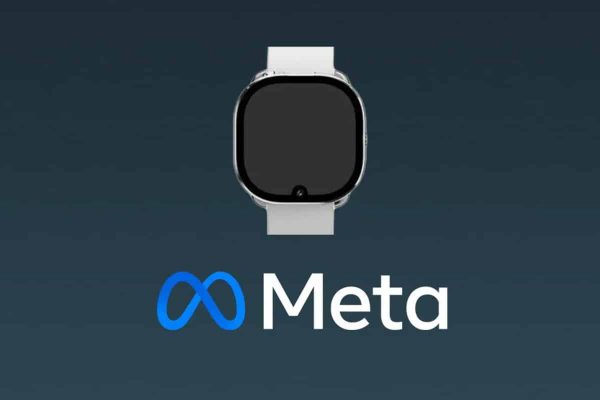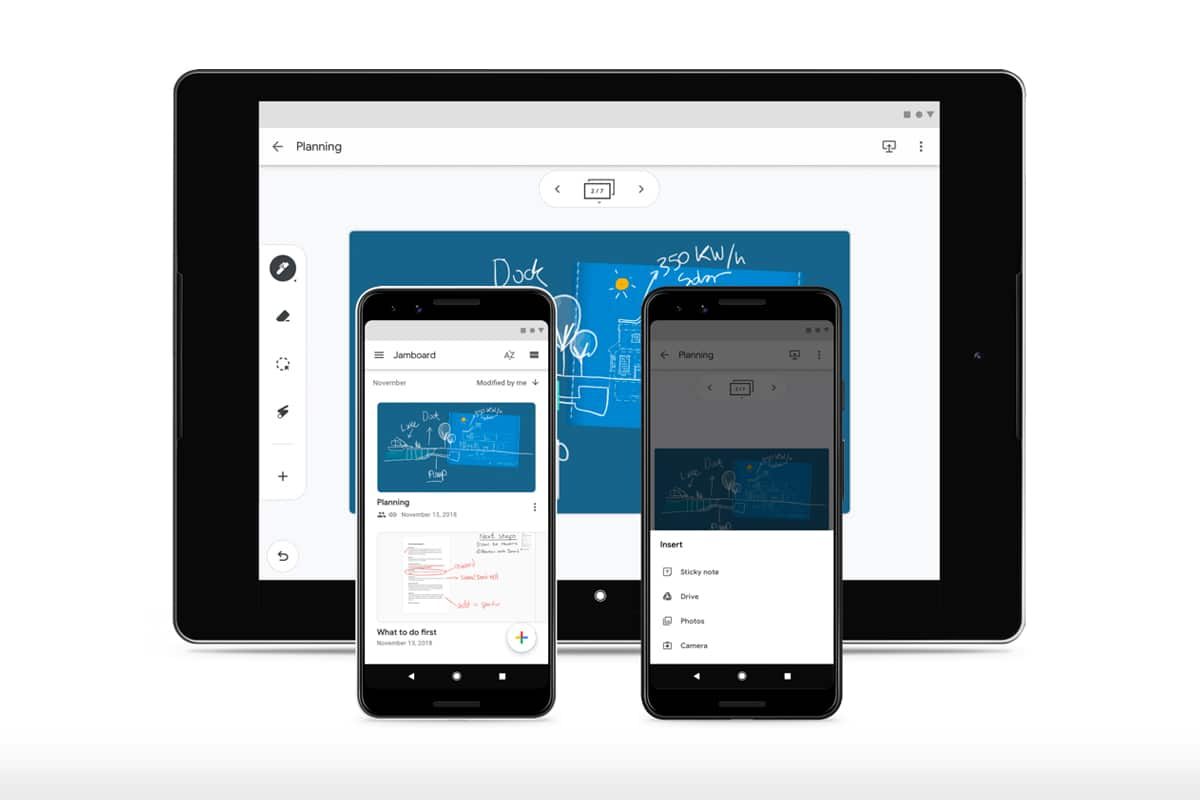About
Meta’s AR/VR division embarked on an ambitious project to enter the smartwatch market with a wearable device that complemented their existing AR/VR offerings. The size of the investment in the effort was in the hundreds of millions so this was corporate innovation on steroids.
A hero use case of this initiative was the development of fitness applications for both the watch as well as the companion mobile app. Sim the founder led the development of physical well-being fitness apps for this new wearable device prior to the software lock date for the product. Prior to Sim joining, the team had struggled to create apps that were high in customer satisfaction which was a key launch blocker metric.
The challenge
The primary challenge was to revamp the fitness apps to meet several critical criteria: user-friendliness, scientific validity, motivational appeal, and cost-effective development.
Additionally, the team faced the task of differentiating the product in a market crowded with established smartwatch brands, while also aligning with unique hardware specifications.
The work
Product Strategy
- Target Audience Redefinition: The team shifted its focus to casual fitness users, moving away from the niche of extreme athletes. This strategic pivot broadened the potential market appeal.
- Competitive Analysis: A thorough competitive analysis was conducted, pinpointing untapped opportunities and refining the device strategy to focus on key supporting features.
- Identification of Core Fitness Metrics: The team selected fitness metrics that were both scientifically sound and easily comprehensible for the average user.
App Redesign
- Collaborative Redesign: Working closely with engineering, UX, and UXR teams, Sim led a complete overhaul of the fitness apps. This included revamping the primary fitness metrics and streamlining the user experience.
- Unified User Experience: The redesign focused on creating a cohesive, low-friction user experience across all apps.
UXR Testing
- User Satisfaction Enhancement: In collaboration with UXR, the new app designs underwent rigorous testing, focusing on improving customer satisfaction and optimizing user interaction flows.
Outcome
The redesigned fitness apps saw a substantial increase in internal customer satisfaction scores, jumping from 3.2 to 4.0. This leap demonstrated the effectiveness of an intuitive, user-friendly design. Furthermore, the strategic repositioning to cater to casual fitness enthusiasts, combined with a recommendation for a more focused device strategy, improved the chances of a successful launch of this initiative that Meta had invested many millions of dollars into.
Key Impact
cSAT up from 3.2 to 4.0 for various fitness apps
“
Sim’s work on redesigning the apps as well as recommending a more focused devices strategy was majorly impactful. I’d highly recommend working with Sim on any product effort that involves strong levels of Human Computer Interaction for the consumer space.
Shailo R
X-Lead PM at META AR/VR





